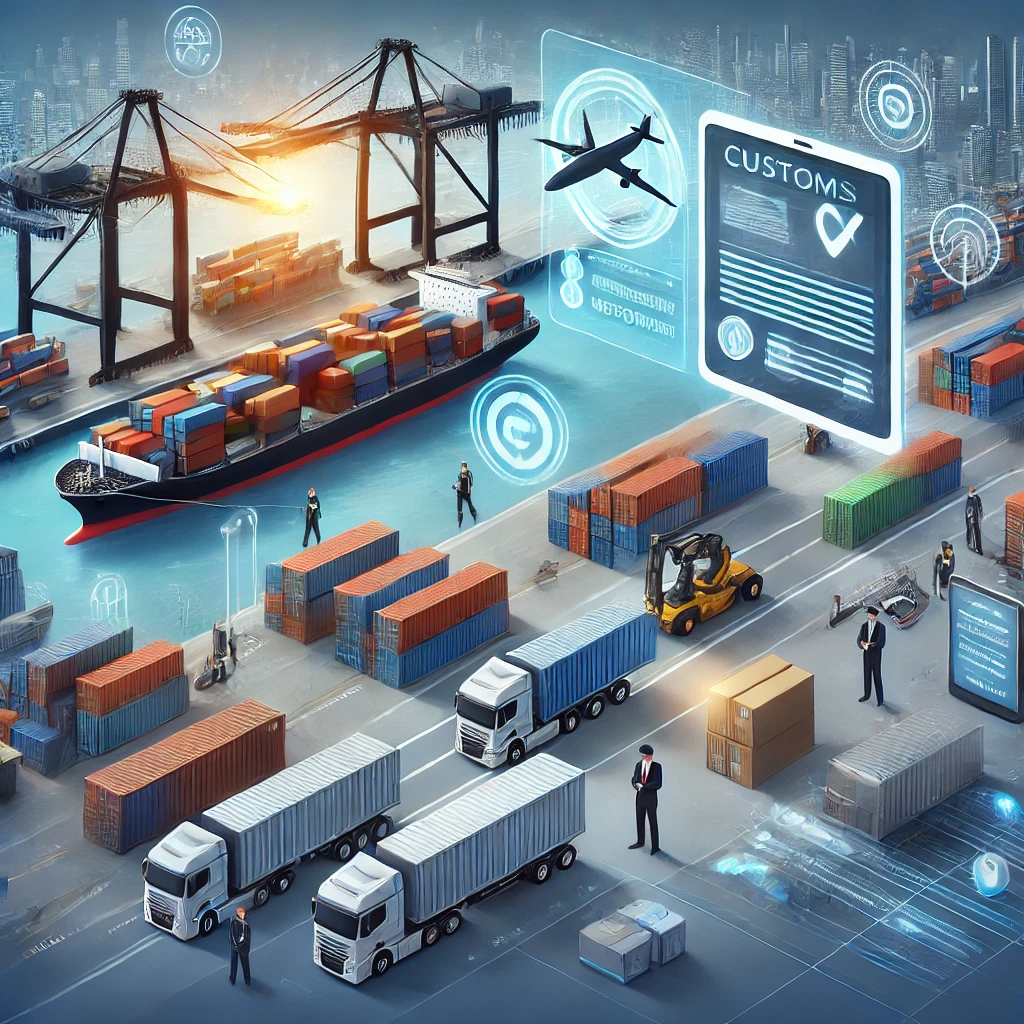
Here is the article translated into English with SEO considerations:
Steps for Customs Clearance: A Comprehensive Guide for Traders
Customs clearance is a critical part of international trade, enabling goods to move across borders legally and efficiently. For traders, understanding this process is essential to prevent delays, avoid penalties, and ensure smooth operations. In this guide, we break down the customs clearance process into manageable steps and explore tips for seamless execution.
What Is Customs Clearance?
Customs clearance refers to the formal procedures required to import or export goods across international borders. These steps ensure compliance with local laws, tax obligations, and trade regulations. Without proper customs clearance, goods can be delayed, seized, or even prohibited from entering or exiting a country.
Key Terminology in Customs Clearance
- HS Code: A unique identifier for classifying goods in international trade.
- Customs Broker: A licensed professional who assists in completing the customs clearance process.
- Bill of Lading: A document providing details about the shipment and its destination.
Step-by-Step Process of Customs Clearance
1. Document Preparation
The first step involves preparing all necessary documents. Essential paperwork includes:
- Commercial invoice
- Packing list
- Bill of Lading or Airway Bill
- Certificate of Origin
- Import/export licenses (if required)
Proper documentation ensures compliance and minimizes the risk of delays.
2. Goods Declaration
After gathering the required documents, the next step is to declare the goods to the customs authority. This process often involves submitting details about:
- The nature and value of goods
- The Harmonized System (HS) codes
- The purpose of the shipment
Modern digital platforms in many countries have simplified this step, enabling online declarations.
3. Customs Inspection
Once the declaration is submitted, customs officials may inspect the goods. This inspection ensures compliance with safety, health, and legal standards. Inspections may be physical or based on documentation.
4. Duty and Tax Payment
After approval, the importer/exporter must pay the applicable customs duties and taxes. The rates depend on factors such as:
- The HS Code classification
- Trade agreements between countries
- The type and value of goods
Ensure timely payment to avoid additional charges.
5. Goods Release
Once all duties and taxes are cleared, customs releases the goods. At this point, the shipment is free to continue to its final destination.
Challenges in Customs Clearance
While the customs clearance process appears straightforward, traders often face several challenges, including:
- Complex Regulations: Varying trade laws and requirements across countries can complicate the process.
- Documentation Errors: Inaccurate or missing documents can result in costly delays.
- Inspection Delays: Random or detailed inspections can slow down shipments.
Employing an experienced customs broker or consultant can mitigate these challenges.
Benefits of Streamlining Customs Clearance
Efficient customs clearance can significantly impact your business operations. Benefits include:
- Reduced delays in shipping
- Lower operational costs
- Compliance with international trade laws
- Enhanced customer satisfaction
FAQs About Customs Clearance
1. What is the role of a customs broker?
A customs broker assists in completing the customs clearance process by handling documentation, declarations, and liaising with customs authorities.
2. Can I handle customs clearance without a broker?
Yes, but it requires a thorough understanding of customs regulations, documentation, and processes.
3. What happens if goods are not cleared through customs?
Goods that fail customs clearance may be delayed, returned to the sender, or seized, depending on the violation.
Customs clearance is a critical step in ensuring the smooth flow of goods across borders. By understanding the process, preparing the necessary documentation, and seeking professional assistance when needed, traders can overcome challenges and maximize efficiency in international trade.
